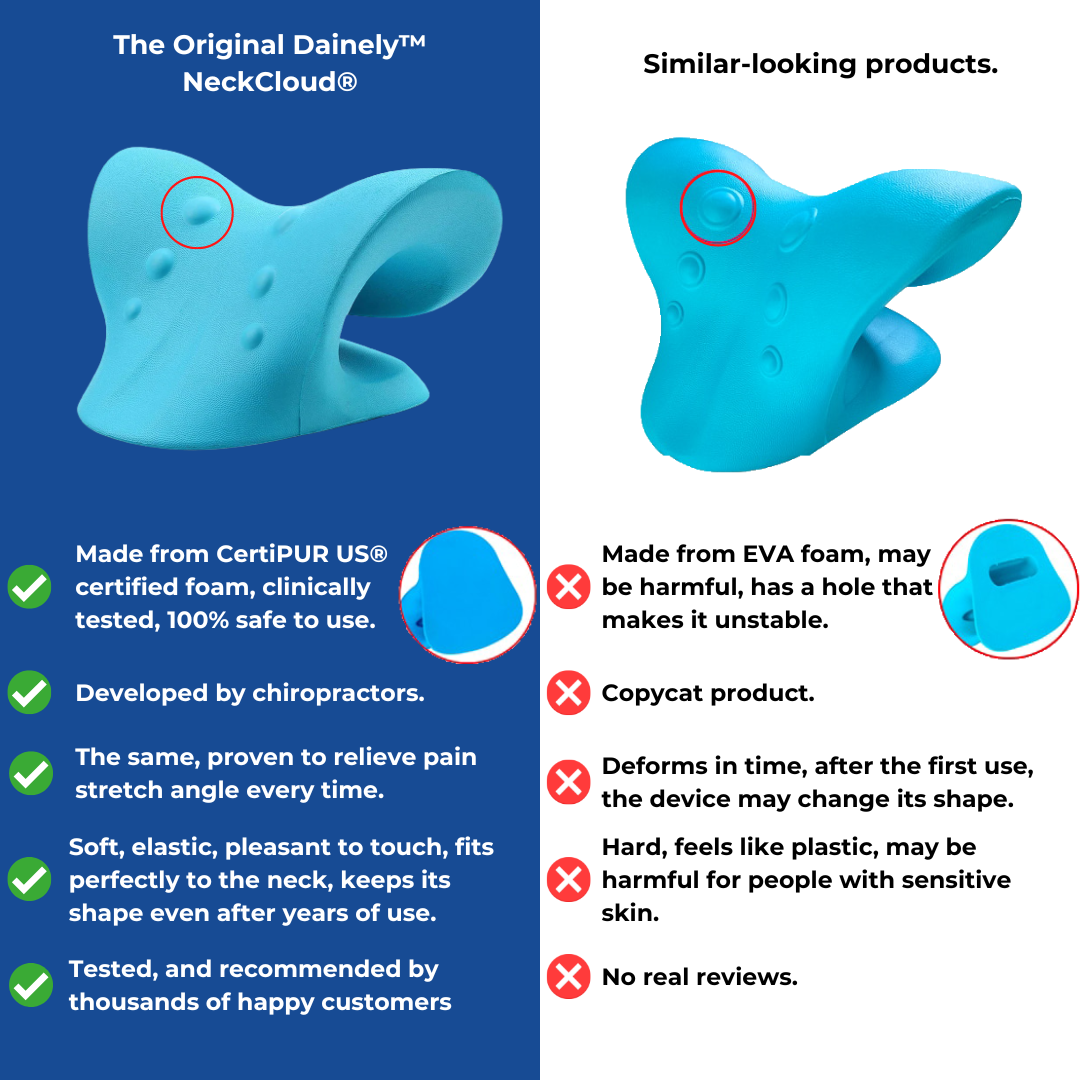Neck Cloud Evaluation: A Revolutionary Device for Neck and Spine Wellness
Neck Cloud Evaluation: A Revolutionary Device for Neck and Spine Wellness
Blog Article
Neck Discomfort in the Workplace: Determining Risk Variables and Carrying Out Ergonomic Solutions
Neck pain in the office is a common issue that can influence worker wellness and performance. By recognizing the various threat variables contributing to neck pain and executing ergonomic services, organizations can develop an extra helpful job environment.
Typical Reasons For Neck Pain
Neck discomfort in the workplace is a common concern that can be associated to numerous usual reasons. One of the primary wrongdoers is poor stance, which frequently results from extended periods of resting incorrectly at a desk or workstation. This can cause strain on the neck muscle mass and joints, causing discomfort and pain. Additionally, repetitive activities such as frequent flexing, turning, or getting to can likewise add to neck discomfort with time. Stressing the neck by holding it in an uncomfortable placement for extensive durations, like nestling the phone in between the ear and shoulder, can worsen the issue (neck cloud).

Ergonomic Risk Elements
Poor comfort designs in the work environment can significantly add to neck pain among workers. Aspects such as inappropriate workdesk elevation, inadequate chair assistance, and awkward positioning of computer monitors can all contribute in the development of neck discomfort. When employees are compelled to rest for extended durations ready that stress their neck muscles, it can bring about stiffness, discomfort, and even extra serious bone and joint problems with time.
In addition, poor ergonomic methods can cause employees taking on unpleasant positions while functioning, such as craning their necks to see a computer screen or getting to annoyingly for a computer mouse or key-board. neck cloud. These repetitive activities and abnormal placements can put undue tension on the neck and bordering muscle mass, leading to discomfort and lowered performance

Workdesk Configuration Recommendations
To decrease the threat of neck discomfort and discomfort, there are a number of workdesk configuration suggestions that workers need to take into consideration. Ensure that the computer system screen is positioned at eye level to prevent stressing the neck by looking up or down.
It is additionally crucial to have adequate illumination to decrease eye strain, as scrunching up your eyes or leaning forward can result in neck tension. Arrange these details the desk design to keep frequently made use of things within arm's reach, restricting the need for repetitive twisting or getting to motions. By executing these workdesk configuration recommendations, workers can create a more ergonomic office that supports neck health and wellness and decreases the threat of developing work-related neck discomfort.
Stretching and Workout Tips
To preserve flexibility and decrease muscle mass tension in the workplace, incorporating stretching and exercise routines can be beneficial for overall health and efficiency. Easy desk-friendly stretches can assist ease neck pain and stop tightness. Neck rolls, shoulder shrugs, and mild side-to-side neck stretches are effective in easing tension. Furthermore, including workouts like chin tucks, shoulder blade squeezes, and upper back stretches can assist reinforce muscles that sustain great position.
Establishing pointers or utilizing applications that trigger activity can aid develop a routine stretching regimen. By prioritizing these activities, you can boost your physical well-being, reduce the danger of neck pain, and enhance your total productivity in the workplace.
Significance of Regular Breaks
In a fast-paced workplace where demands can add to physical pressures like neck pain, developing a routine that highlights the value of normal breaks is paramount (neck cloud). Taking regular breaks throughout the workday is crucial for easing and avoiding neck pain. Extended durations of resting or repeated tasks can cause muscular tissue stress and stiffness in the neck and shoulders. Web Site By integrating brief breaks right into the job regular, staff members can lower the threat of establishing neck discomfort and improve total comfort and efficiency.
These breaks can additionally serve as a chance for workers to practice relaxation strategies or mild neck stretches, further promoting imp source bone and joint health and wellness. Executing a society that values and focuses on routine breaks can have a substantial effect on lowering neck pain and improving total wellness in the office.
Final Thought
To conclude, attending to ergonomic threat factors and implementing proper workstation setups are crucial in minimizing neck discomfort in the work environment. By promoting excellent pose, supplying sufficient assistance, and encouraging normal breaks and stretches, organizations can develop a much healthier and more effective job setting for employees. Prioritizing worker wellness with ergonomic remedies is crucial to stop discomfort and boosting total work environment contentment.
Neck discomfort in the workplace is a widespread problem that can affect worker wellness and performance. By determining and resolving these typical reasons of neck pain in the work environment, companies can take proactive actions to produce a more comfy and ergonomic job setting for their staff members.
Poor ergonomics in the work environment can substantially contribute to neck discomfort among workers. By applying these workdesk configuration recommendations, employees can produce an extra ergonomic workspace that supports neck health and wellness and decreases the risk of developing job-related neck pain.
Neck rolls, shoulder shrugs, and mild side-to-side neck stretches are effective in easing stress.
Report this page